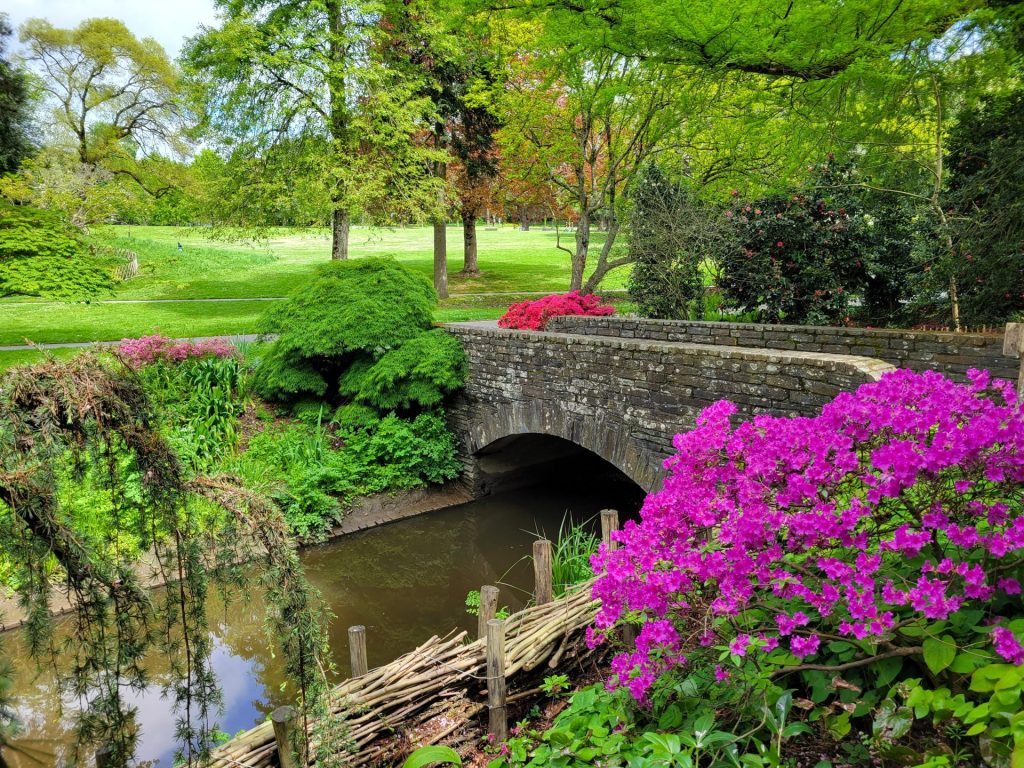
Nantes may not have the name recognition of more popular French cities, but we really enjoyed our stay there. It has a large art museum, a lively downtown, and excellent thrift stores. But the nice parks throughout the city are what stole the show. We were pleasantly surprised with both the quality and quantity of these green spaces. Our spring visit coincided with a plethora of flowers and most days were spent exploring at least one of the various choices. Nantes strikes a great balance between natural and urban areas.
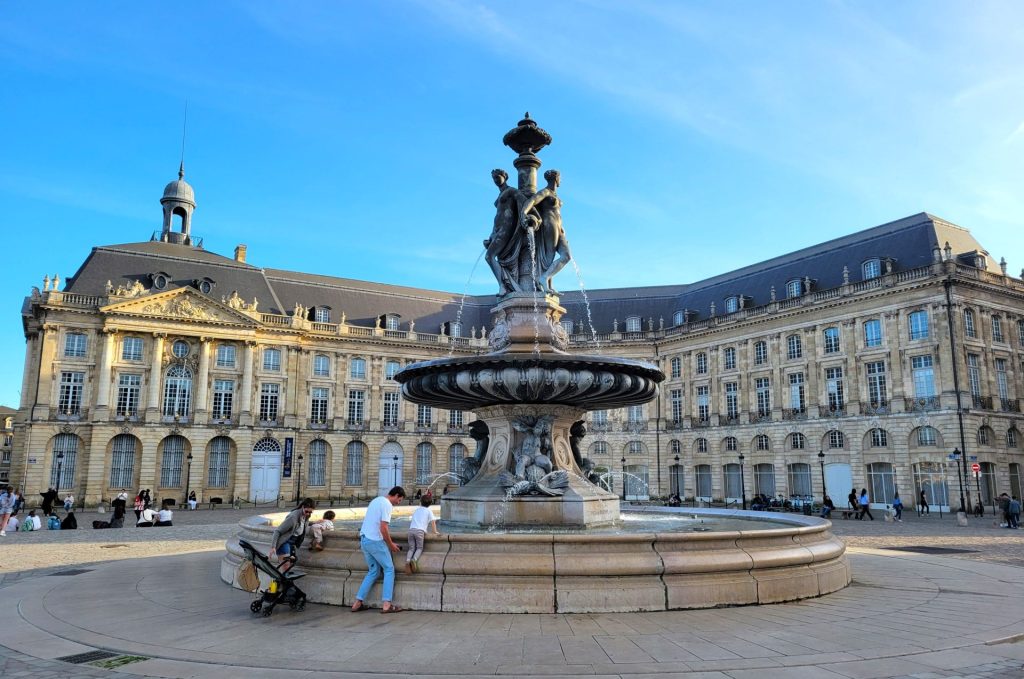
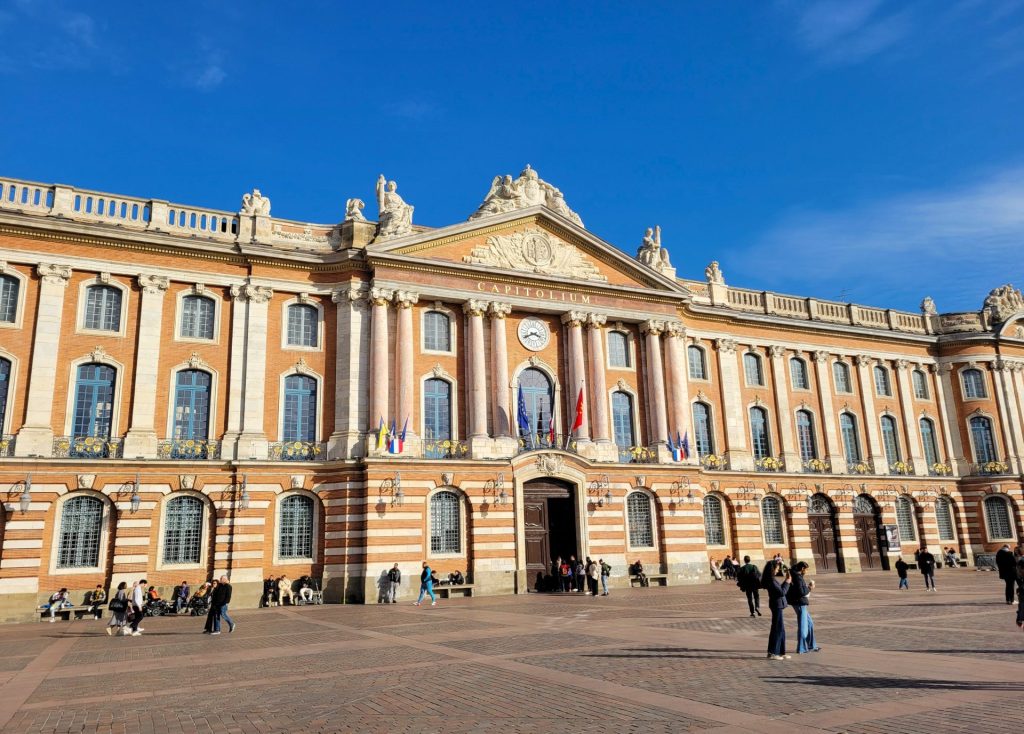
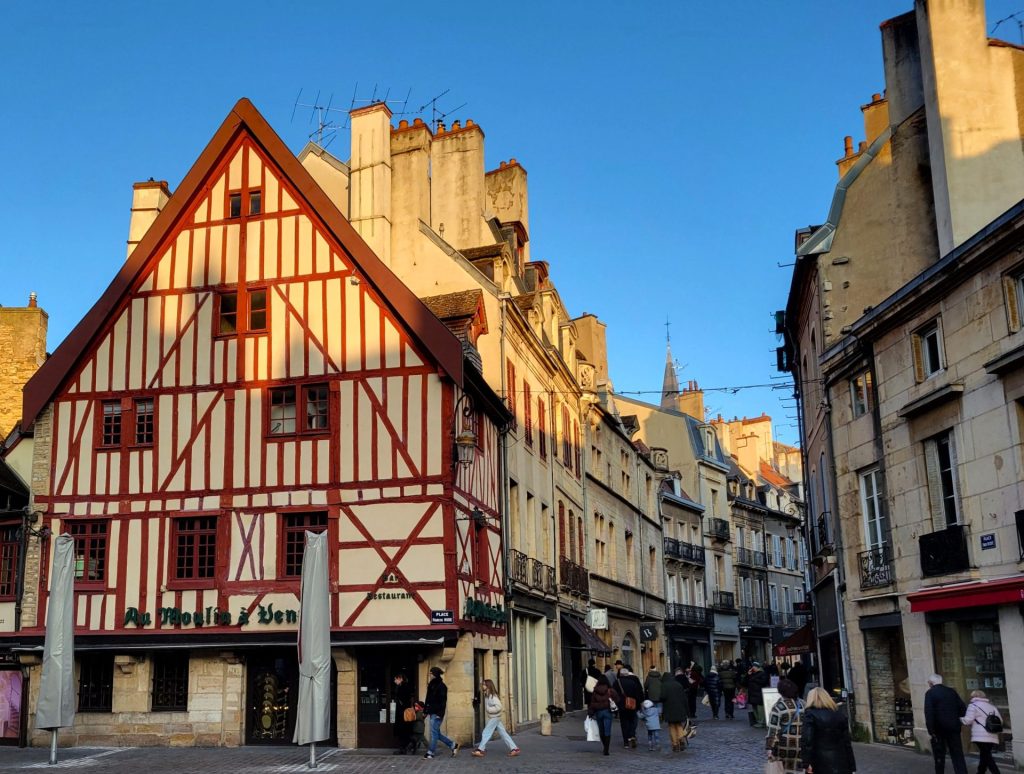
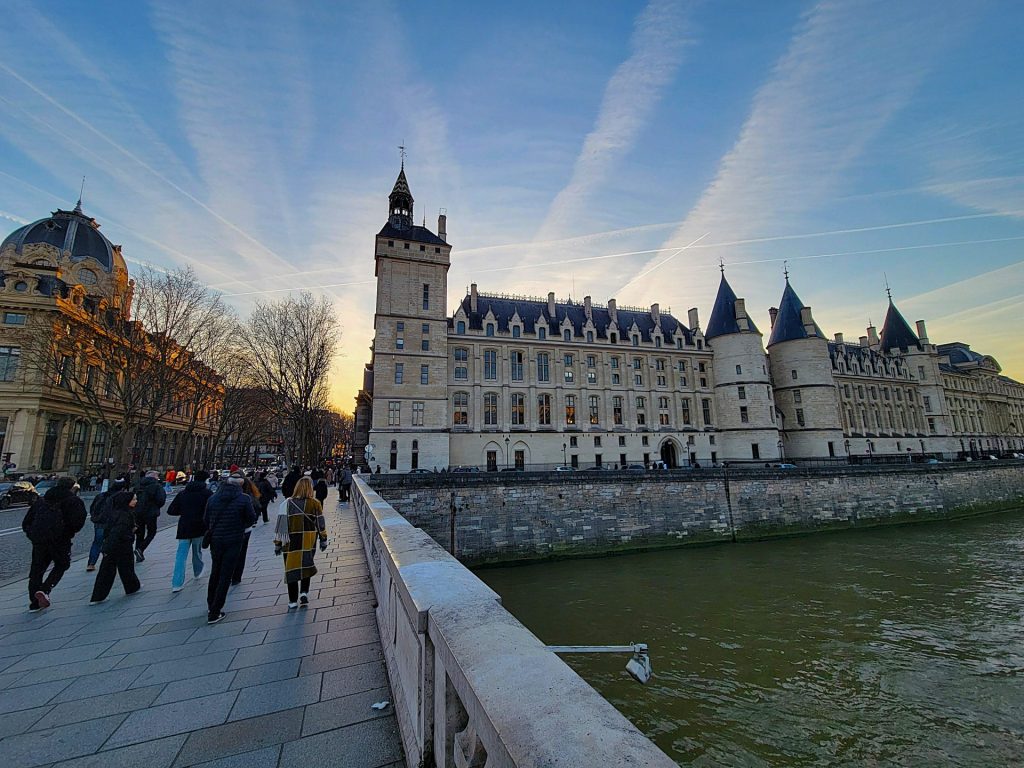
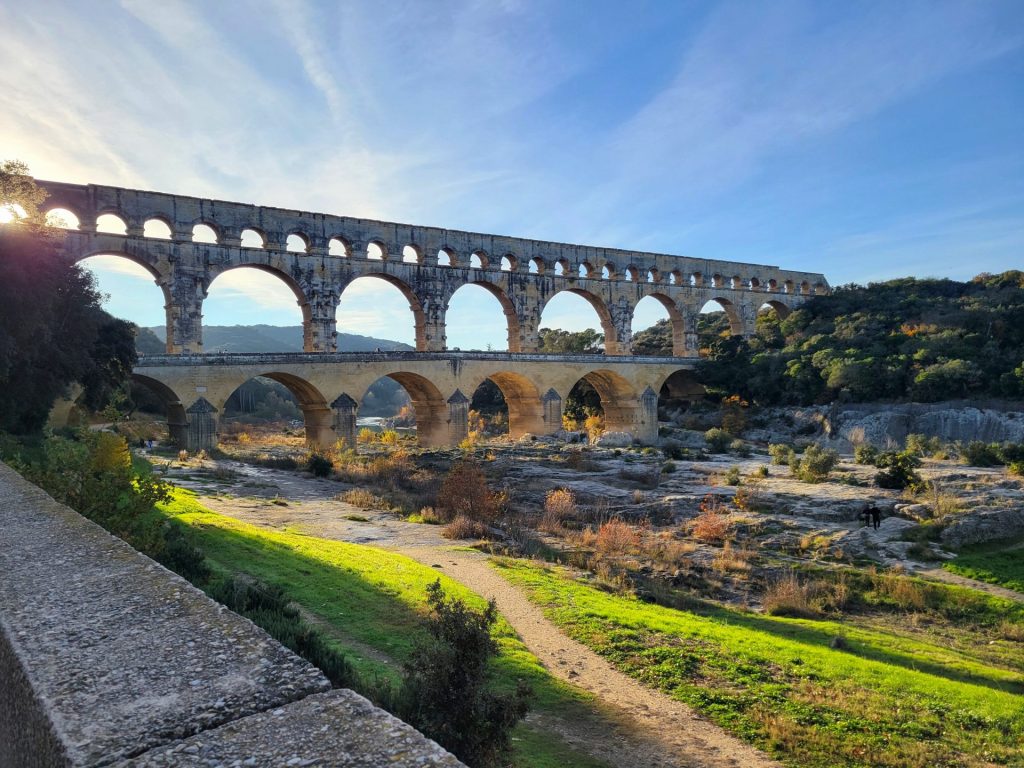
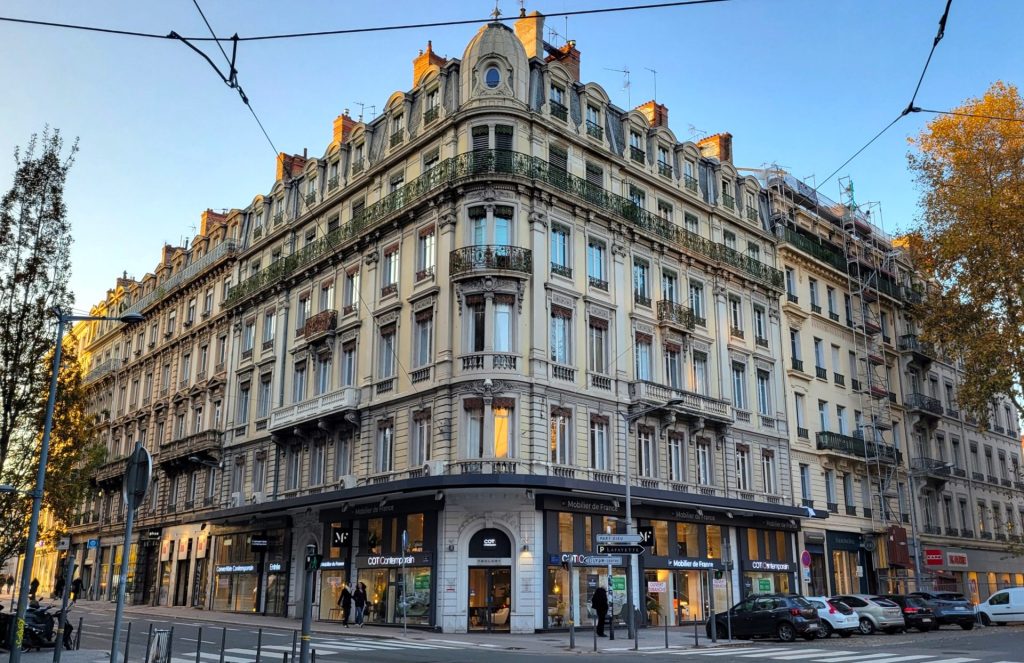
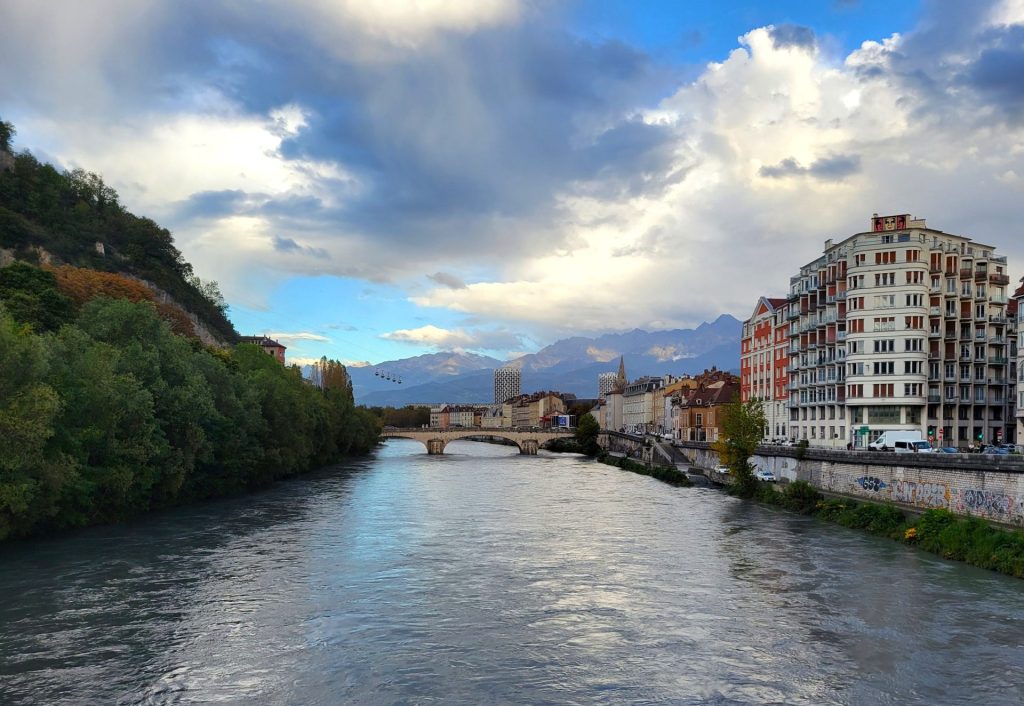
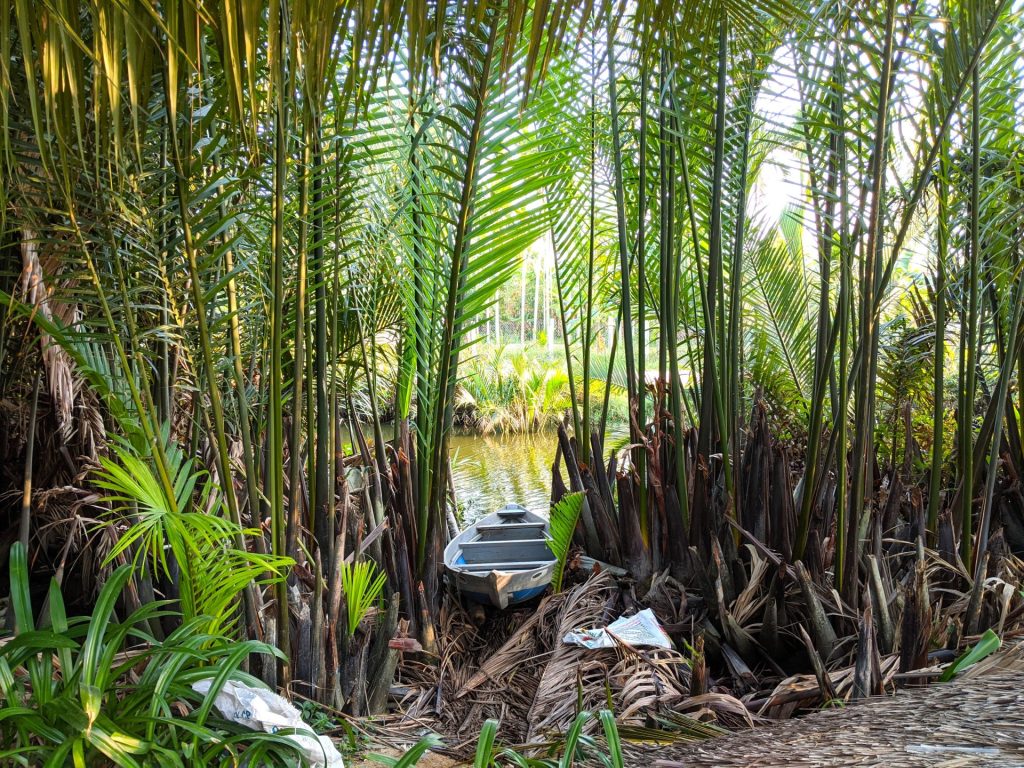
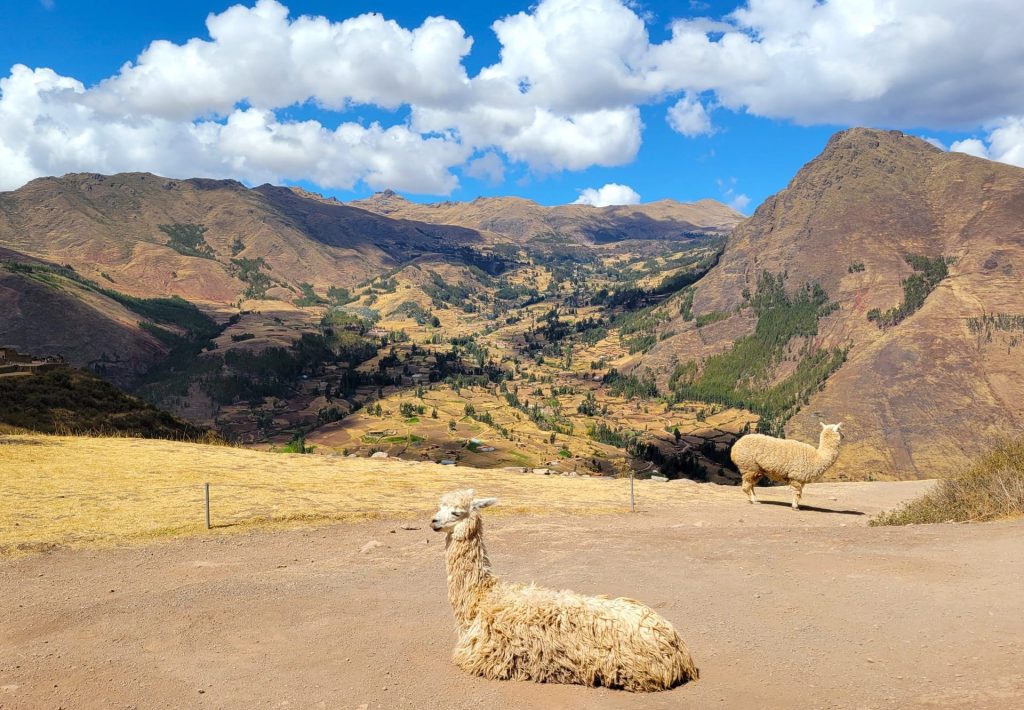
Feeling Social?